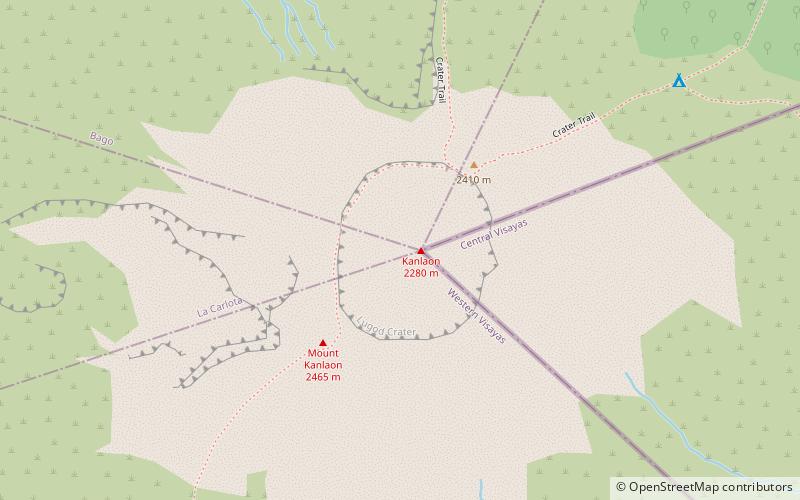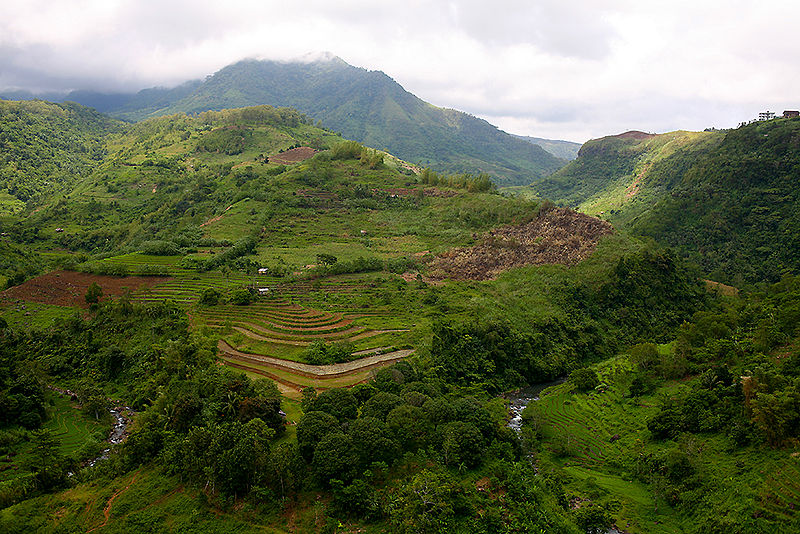Kanlaon


Facts and practical information
Mount Kanlaon, also known as Kanlaon Volcano, is a majestic and active stratovolcano that dominates the landscape of Negros Island in the central Philippines. Rising to an elevation of 2,465 meters (8,087 feet), it is the highest peak in the Visayas region and one of the most active volcanoes in the country.
Kanlaon Volcano is not only a natural landmark but also a sacred site for many locals, who regard it with a mix of reverence and caution due to its unpredictable nature. The volcano has a history of eruptions, with its most recent activity occurring in the early 21st century, reminding everyone of its potent force.
At the summit of Kanlaon lies a crater that is about 300 meters wide, with a breathtaking crater lake that varies in color depending on the volcanic activity. The slopes of the volcano are covered in lush forests and are home to a rich diversity of flora and fauna, making it a hotspot for biodiversity.
For adventure seekers and nature enthusiasts, Mount Kanlaon offers a challenging trek with the reward of spectacular panoramic views at the peak. However, due to its active status, the Philippine Institute of Volcanology and Seismology (PHIVOLCS) closely monitors the volcano, and certain zones may be off-limits to visitors during periods of heightened activity.
The area surrounding Kanlaon Volcano is also known for its fertile lands, supporting agriculture and providing resources for the local communities. Coffee plantations and vegetable farms benefit from the mineral-rich volcanic soil, contributing to the region's economy.
In addition to its geological significance, Mount Kanlaon holds cultural importance, featuring prominently in local mythology and folklore. It is often associated with ancient deities and spirits, and its name is derived from ancient legends.
